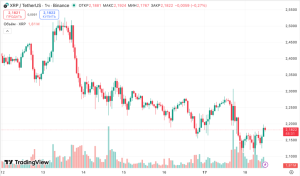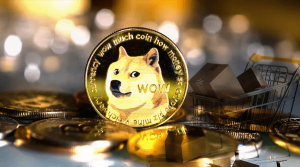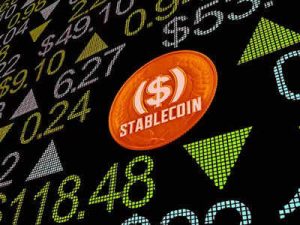Institutional Confidence Grows as Dogecoin Nears a New Milestone

Dogecoin is drawing renewed institutional attention as major asset managers signal interest in expanding exposure to alternative digital assets. While formal regulatory decisions remain pending, industry observers note rising momentum around efforts to introduce structured, regulated investment products linked to the cryptocurrency. The shift marks a notable evolution for Dogecoin, which began as a satirical digital token but has since gained traction among retail traders, payment platforms, and now professional investors. As discussions around exchange-traded products intensify, market analysts view this moment as a potential turning point that could deepen liquidity, broaden participation, and elevate Dogecoin’s position in the digital-asset ecosystem.
Institutional Appetite Signals a Shift
In recent months, institutional investors have shown renewed openness toward digital assets that extend beyond Bitcoin and Ethereum. Dogecoin, supported by a strong community and established market presence, has emerged as an unexpected beneficiary of this shift. Asset managers and crypto-focused firms are evaluating ways to formalize exposure to the token, reflecting a broader trend in which alternative coins are increasingly viewed as legitimate components of diversified crypto portfolios.
This institutional curiosity is driven not only by price movements but also by Dogecoin’s extensive liquidity, established infrastructure, and long-term resilience in a volatile market.
Grayscale’s Strategy and Market Expectations
Grayscale, a leading digital-asset management firm, has been exploring avenues to expand its offerings around alternative cryptocurrencies. The company’s ongoing work to align certain products with regulatory requirements has attracted significant market attention, fueling speculation about future listings.
While no formal approval timeline is guaranteed, analysts note that Grayscale’s engagement with regulatory processes often signals long-term commitment to a particular asset class. For Dogecoin, such institutional focus could represent a meaningful step toward broader financial integration.
Broader Implications for Digital-Asset Regulation
The regulatory environment remains a pivotal variable in determining how quickly new crypto-based investment products reach the market. Agencies have increased scrutiny on digital-asset frameworks, especially concerning consumer protection, market stability, and custody standards.
For investors, clearer regulatory structures offer reassurance. If Dogecoin-linked investment vehicles eventually advance, they would likely follow rigorous compliance protocols, providing more secure access for institutions that previously avoided the cryptocurrency due to governance or operational risks.
Market Impact and Investor Sentiment
The prospect of increased institutional involvement has already influenced sentiment within the Dogecoin community. Market participants expect that institutional attention could enhance price stability, improve liquidity conditions, and open the asset to long-term investors who operate under regulated environments.
However, analysts caution that volatility remains inherent to the cryptocurrency market. Institutional participation does not eliminate risk, but it can modify the nature of market dynamics by introducing more structured investment flows.
The Road Ahead
Dogecoin’s evolution from an internet meme to a digital asset attracting mainstream financial interest highlights how rapidly the crypto ecosystem has matured. As firms like Grayscale continue advancing their strategic initiatives, the broader market is watching closely.
If institutional integration proceeds smoothly, Dogecoin could transition into a more established asset class—one supported not only by cultural momentum but also by structured investment products and regulatory clarity.




